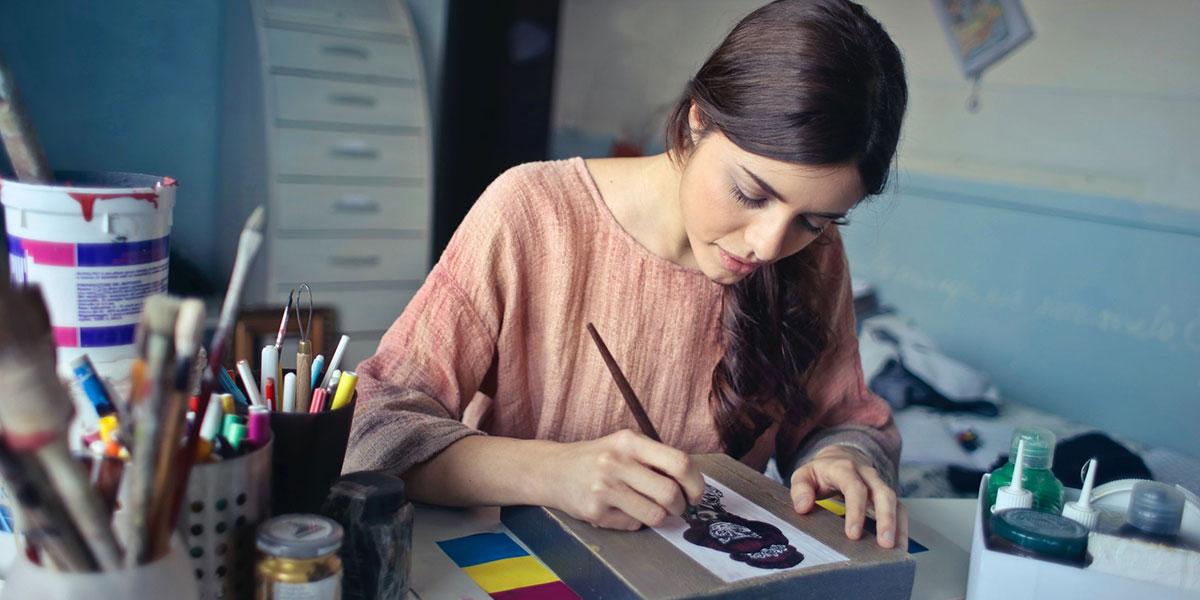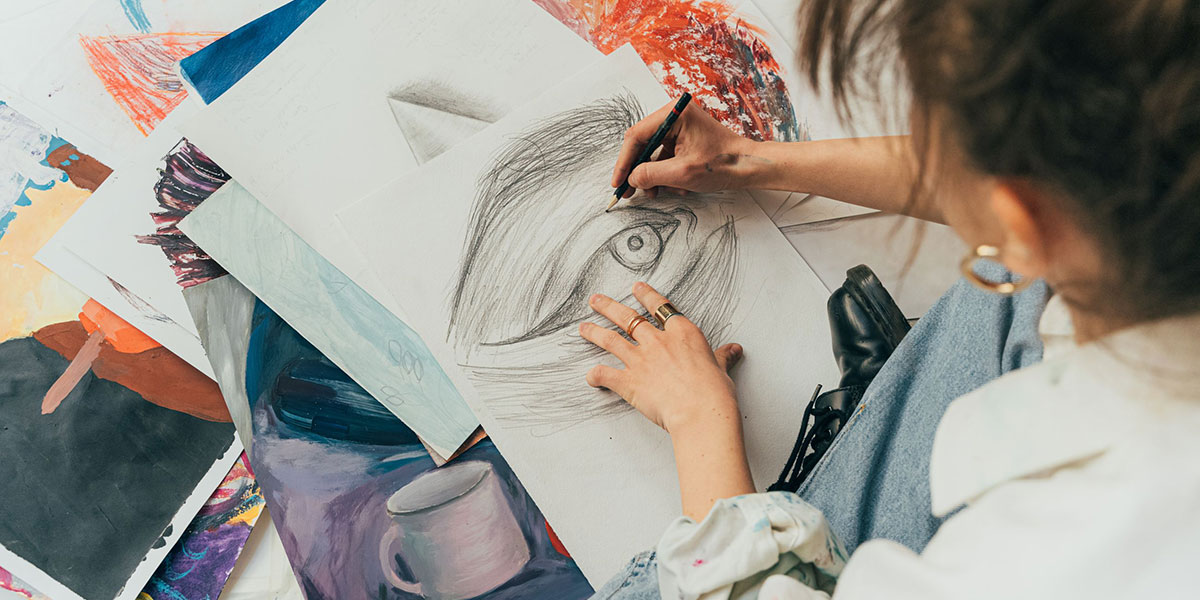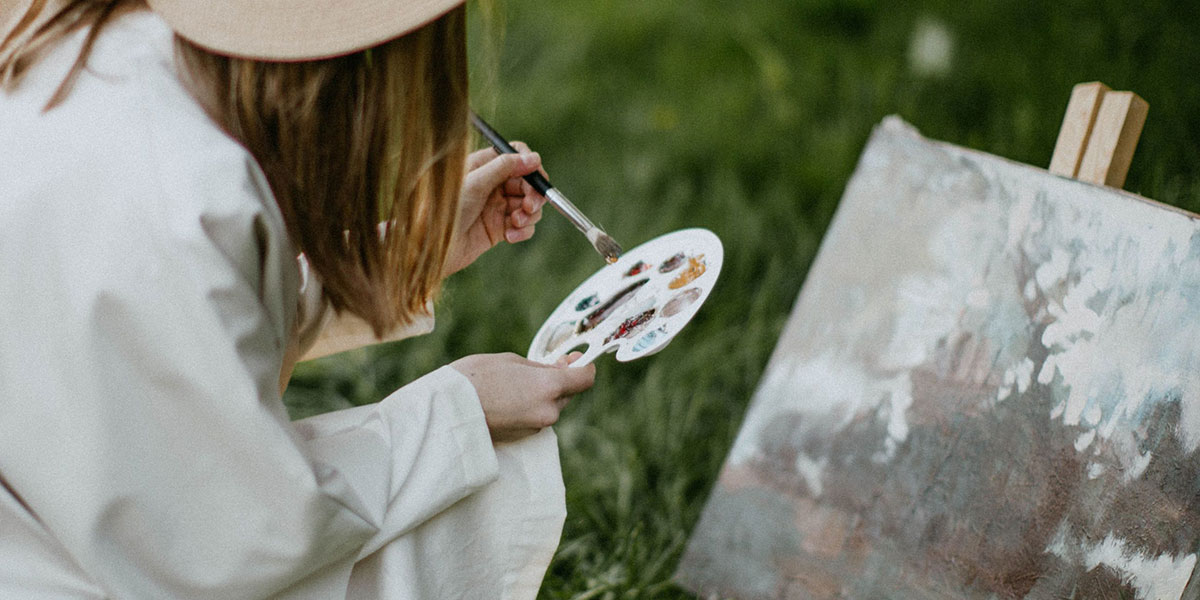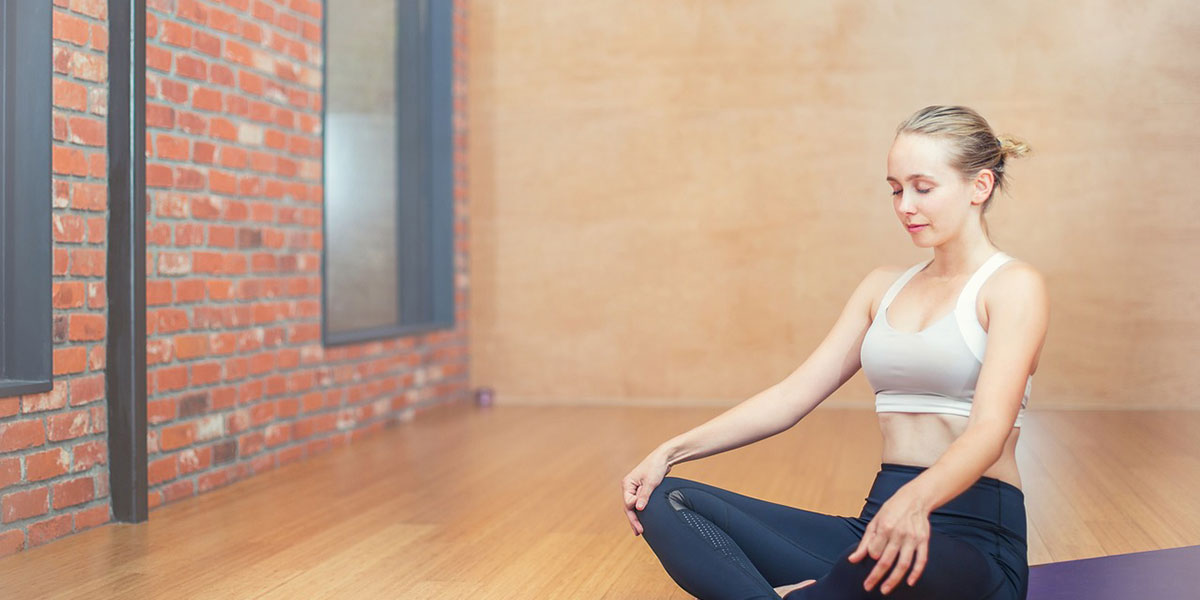Introduction
Art therapy for recovery is founded on the belief that engaging in artistic activities can be a means of self-expression and self-discovery, enabling individuals to navigate and overcome emotional hurdles. Throughout the following sections, we will uncover the myriad benefits of art therapy, including its ability to facilitate emotional expression and processing, reduce stress, and foster self-awareness.
Art Therapy for Recovery: Benefits
Art therapy is a unique and effective method for individuals to express and process their emotions. Through various creative activities, individuals can tap into their feelings, often those that may be difficult to articulate verbally. Here’s how art therapy facilitates emotional expression and processing:
A Canvas for Emotions: The act of creating art provides a non-verbal canvas for emotions. When individuals put paint to paper or mold clay into shapes, they are externalizing their thoughts and feelings. This process can be incredibly liberating, allowing individuals to express emotions they might have otherwise kept bottled up.
Metaphorical Expression: Art can serve as a metaphorical language for emotions. Every so regularly, the choice of colors, shapes, and materials in an artwork can convey complex feelings better than words ever could. For example, a person struggling with grief might create a painting with dark, heavy colors and chaotic brushstrokes to represent their inner turmoil.
Catharsis and Release: Engaging in creative activities can be cathartic. It provides a safe space for individuals to release pent-up emotions. Creating art can be a way to let go of anger, sadness, or frustration in a constructive and healthy manner.
Processing Trauma: Art therapy is particularly effective in helping individuals process traumatic experiences. In a therapeutic setting, individuals can gradually explore and make sense of traumatic memories through art. This process allows them to regain a sense of control over their emotions and narratives.
Techniques of Art Therapy for Recovery
Painting and Drawing: Exploring Emotions on Canvas
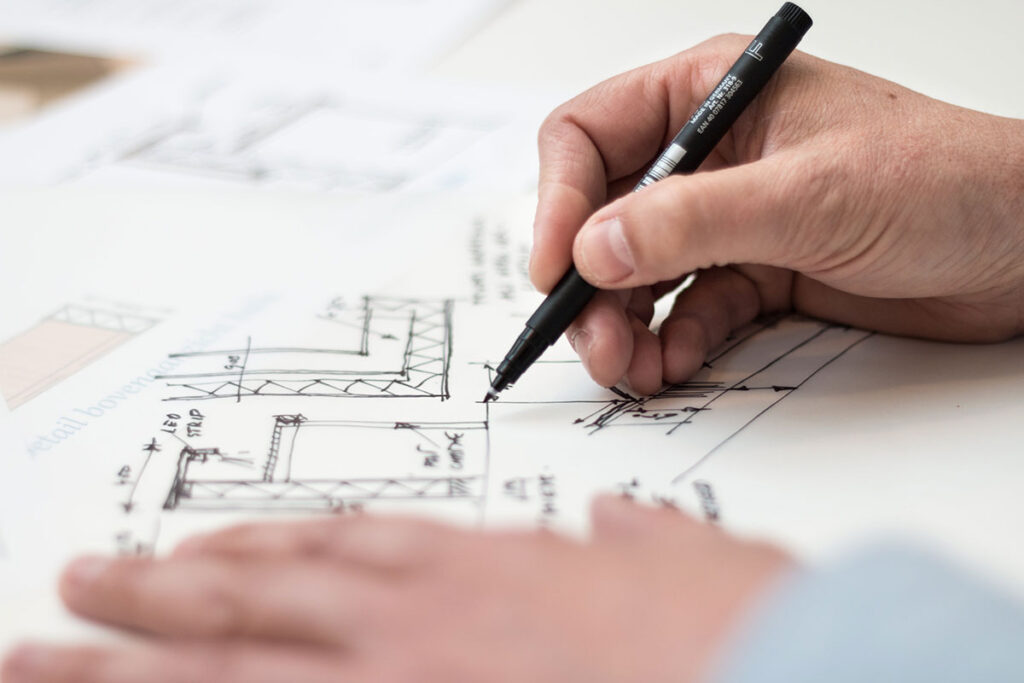
Painting and drawing hold a special place in the realm of art therapy due to their accessibility and profound emotional impact. Here’s why these techniques are significant in art therapy and some guidance for those interested in using them for emotional healing:
Significance in Art Therapy for Recovery
Non-Verbal Expression: Painting and drawing offer a non-verbal means of expression, allowing individuals to communicate complex emotions without the need for words. This can be especially valuable when individuals find it challenging to articulate their feelings verbally.
Freedom and Creativity: These techniques encourage creative exploration. There are no strict rules or guidelines, which means individuals can freely express themselves, experiment with colors and shapes, and let their subconscious mind guide their artistic process.
Therapeutic Release: The tactile nature of painting and drawing can be cathartic. The physical act of applying paint or making marks on paper can serve as a release for pent-up emotions, reducing stress and tension.
Visualization and Metaphor: Art therapy often involves interpreting the artwork produced. Colors, shapes, and symbols can serve as metaphors for emotions and experiences, offering insights into the creator’s inner world.
Read the following post and learn more about the different techniques and methods used in art therapy and how to put them into practice: Expressive Arts for Healing: The Power of Art Therapy
Tips for Emotional Healing
- Start with an Open Mind: Don’t worry about creating a masterpiece. The goal here is emotional expression and self-discovery. Begin with a blank canvas or paper and let your emotions guide your choices.
- Use Colors Intuitively: Choose colors that resonate with your emotions. For example, cool colors like blues and purples might represent calmness, while warm colors like reds and oranges can symbolize passion or anger.
- Experiment with Different Tools: Try various painting and drawing tools, such as brushes, charcoal, or even your fingers. Different tools can create different textures and expressions in your artwork.
- Reflect on Your Artwork: After you’ve completed a piece, take time to reflect on what it represents. What emotions or experiences does it convey? This self-reflection can be an essential part of the healing process.
Sculpture and 3D Art
Shaping Healing through Sculpture
Sculpture and three-dimensional art provide a unique avenue for art therapy, offering a tactile and sensory experience. Here’s how these techniques can be used in art therapy and some suggestions for incorporating them into your self-care routine:
Incorporation into Art Therapy
Tactile Exploration: Sculpture allows individuals to engage with their emotions in a tactile way. The process of molding and shaping materials can be deeply therapeutic.
Spatial Expression: Three-dimensional art offers a sense of space and dimensionality, which can represent the complexity of emotions and experiences.
Symbolism and Transformation: Sculpture can involve the transformation of raw materials into a finished piece, mirroring the transformation and healing process within the individual.
Self-Care Suggestions
- Choose Your Medium: Experiment with different sculpting materials like clay, paper, wood, or found objects. The choice of material can impact your emotional expression.
- Sculpt with Intention: Before you begin, set an intention for your sculpture. What emotion or experience do you want to explore or release? This can guide your creative process.
- Focus on the Process: Much like painting and drawing, the process of sculpting is as important as the final product. Allow yourself to become fully immersed in the act of creation.
- Observe and Reflect: After completing a sculpture, take time to observe it from different angles. What does it represent to you? How does it make you feel? This self-reflection can offer valuable insights.
Who Can Benefit from Art Therapy?
Adults and Seniors
Art therapy is not limited to the younger generation; it holds significant benefits for adults and seniors as well. Here’s how it can be applied to address emotional challenges specific to these age groups:
Application for Adults and Seniors
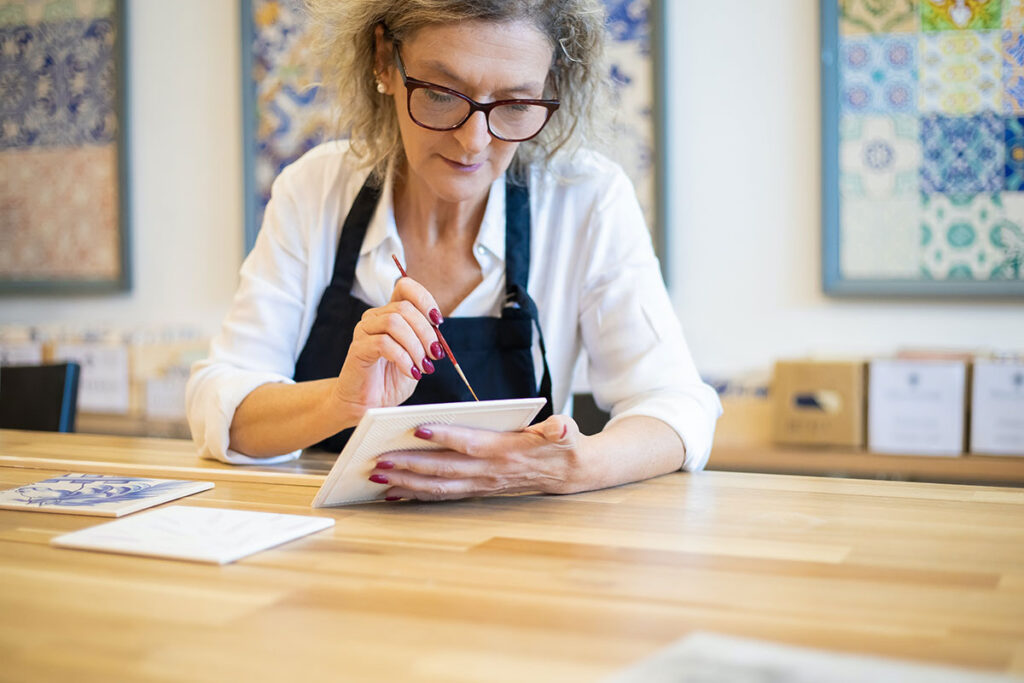
- Stress Reduction: Adults often face stress related to work, relationships, and daily life. Art therapy provides a mindful and calming space to reduce stress and promote relaxation.
- Life Transitions: Major life transitions, such as retirement or loss of a loved one, can trigger emotional challenges. Art therapy helps individuals navigate these transitions by providing a creative outlet for self-reflection and growth.
- Memory and Cognitive Health: For seniors, art therapy can support cognitive health and memory retention. Engaging in creative activities stimulates the brain and can be particularly beneficial for those with neurodegenerative conditions like dementia.
- Self-Expression in Later Years: Many seniors find that art therapy allows them to rediscover their creativity and passions in later life. It fosters a sense of purpose and fulfillment.
Discover Self-Expression through Art! Contact Us.
DIY: Exploring Art Therapy on Your Own
If you’re interested in exploring art therapy for recovery independently, here are some guidance and suggestions for getting started with do-it-yourself:
- Getting Started:
- Set Aside Dedicated Time: Designate a specific time for your art therapy practice, creating a routine that promotes consistency.
- Create a Safe Space: Establish a comfortable and clutter-free environment where you can freely express yourself through art.
- Select Art Supplies: Gather various art supplies, including paints, brushes, drawing materials, or sculpting tools, depending on your preferences.
- Art Therapy Activities
- Expressive Journaling: Combine writing and art by maintaining an expressive journal. Use words and images to explore your thoughts and emotions.
- Mood Boards: Create mood boards or collages that represent your current emotional state or future goals.
- Free form Art: Embrace the freedom of creating without specific goals. Allow your intuition and emotions to guide your artistic choices.

Resources for At-Home Practice
- Online Tutorials: Explore online tutorials, workshops, and courses that guide you through various art therapy exercises and techniques.
- Art Therapy Books: Many books provide step-by-step instructions and insights into art therapy exercises that you can try at home.
- Online Art Communities: Join online art communities or forums where you can share your artwork and connect with others on similar journeys.
Conclusion
In conclusion, art therapy for recovery is a powerful tool for emotional healing and self-discovery that can benefit individuals of all ages. It allows for the expression and processing of emotions, making it particularly effective for children, adolescents, adults, and seniors.
Whether you choose to work with a qualified art therapist or embark on a journey of DIY art therapy, the potential for growth and healing is boundless. The creative process has the capacity to transform emotional challenges into opportunities for self-expression, self-awareness, and overall well-being.
